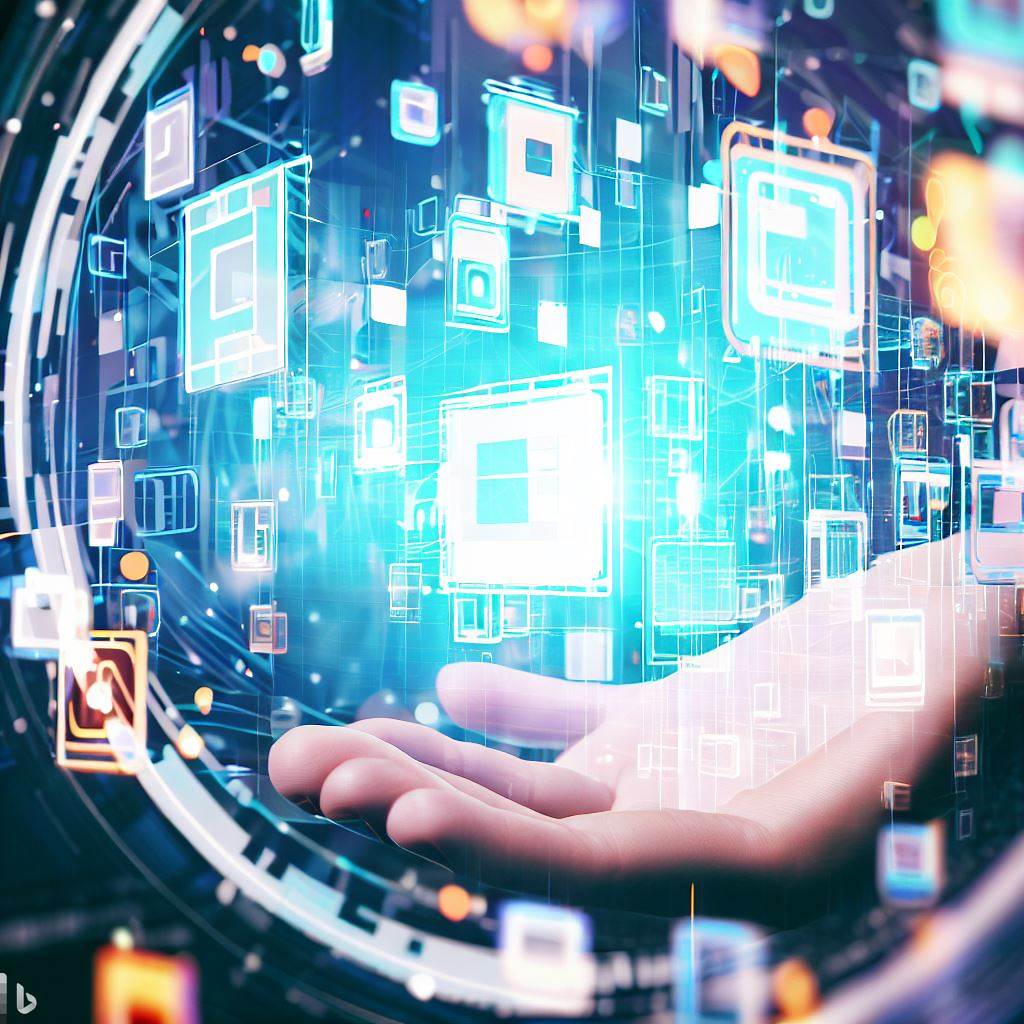
The digital application landscape has undergone significant transformation over the past few decades, and this evolution is bound to continue as technology progresses. Here’s a forecast on what the future might hold for applications:
1. Proliferation of Augmented Reality (AR) and Virtual Reality (VR) Apps:
- Real-life Integration: AR apps will bridge the gap between the digital and physical worlds. For instance, retail apps may allow users to virtually “try on” clothes or accessories.
- Full Immersion: VR apps will provide immersive experiences in sectors such as gaming, real estate (virtual home tours), and education (virtual field trips).
2. Artificial Intelligence (AI) and Machine Learning (ML) Infusion:
- Personalization: Apps will use ML algorithms to understand user behavior and preferences, delivering tailored content and suggestions.
- Automation: From chatbots to predictive text, AI will make apps smarter and more autonomous.
3. Internet of Things (IoT) Connectivity:
- Smart Ecosystems: Apps will communicate with a myriad of connected devices, orchestrating smart homes, cars, and cities.
- Health Monitoring: Wearable devices will sync with apps to track health metrics and offer real-time feedback.
4. Progressive Web Apps (PWAs) and WebAssembly:
- Offline Usability: PWAs will work offline, ensuring users can access content without an internet connection.
- Performance Boost: WebAssembly will allow web apps to run code at near-native speed, making them as efficient as desktop apps.
5. Blockchain-Driven Applications:
- Decentralization: Apps, especially in the finance sector, will use blockchain for secure, transparent, and decentralized operations.
- Smart Contracts: Automating contract execution and ensuring tamper-proof records.
6. Sustainable App Development:
- Green Coding: Emphasis on creating energy-efficient apps, optimizing battery usage, and reducing carbon footprints.
7. Voice and Gesture-based Navigation:
- Hands-free Operation: With the rise of voice assistants, apps will integrate voice commands for seamless interactions.
- Gesture Recognition: Using camera sensors or wearable devices, apps will recognize and interpret user gestures.
8. Enhanced Security and Privacy Features:
- Biometric Authentication: Apps will incorporate fingerprint, facial recognition, and even retina scanning for enhanced security.
- Data Privacy: As users become more conscious of data privacy, apps will offer more granular control over data sharing and storage.
9. Low Code/No Code Platforms:
- Democratization of App Development: These platforms will allow non-developers to design and deploy functional apps, making app development more accessible.
10. Edge Computing in Apps:
- Faster Processing: By processing data closer to the source, apps will become more responsive, especially critical for real-time applications like autonomous driving or industrial automation.
In conclusion, the future of applications will be characterized by greater interactivity, intelligence, personalization, and connectivity. As user expectations grow and technological frontiers expand, applications will not just remain tools but will evolve into intuitive extensions of our daily lives, enhancing our experiences in ways previously imagined only in science fiction.
